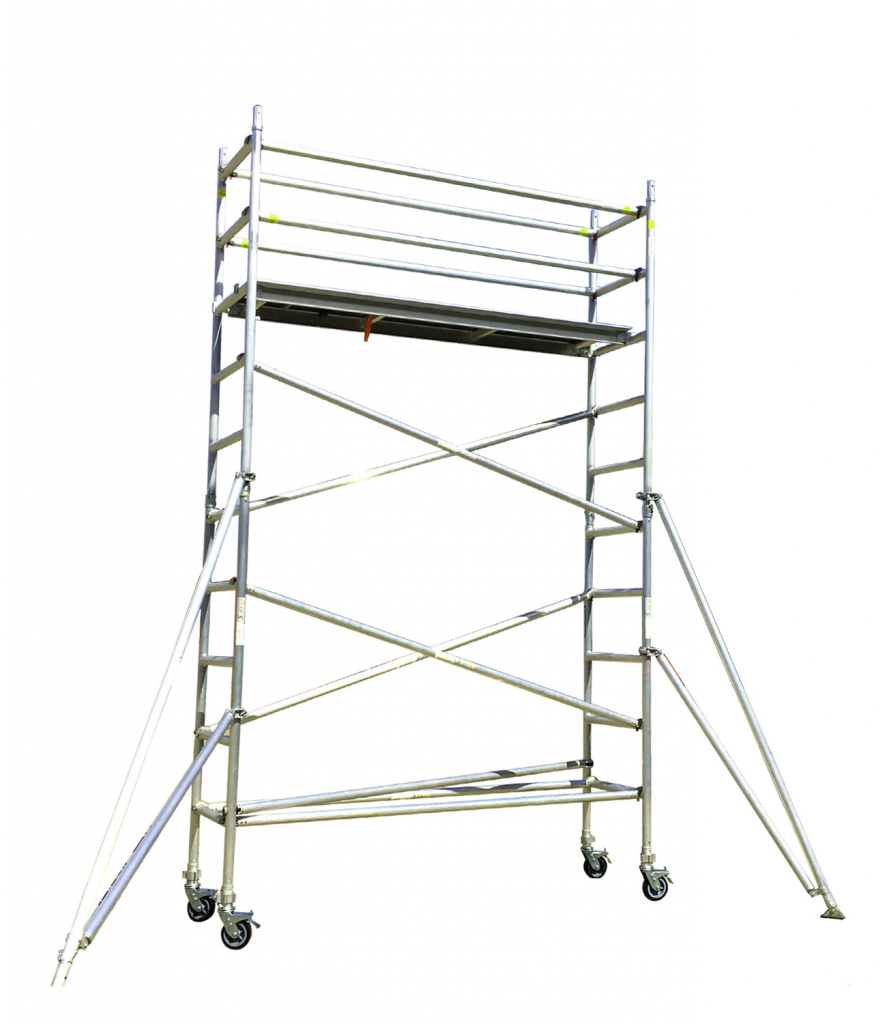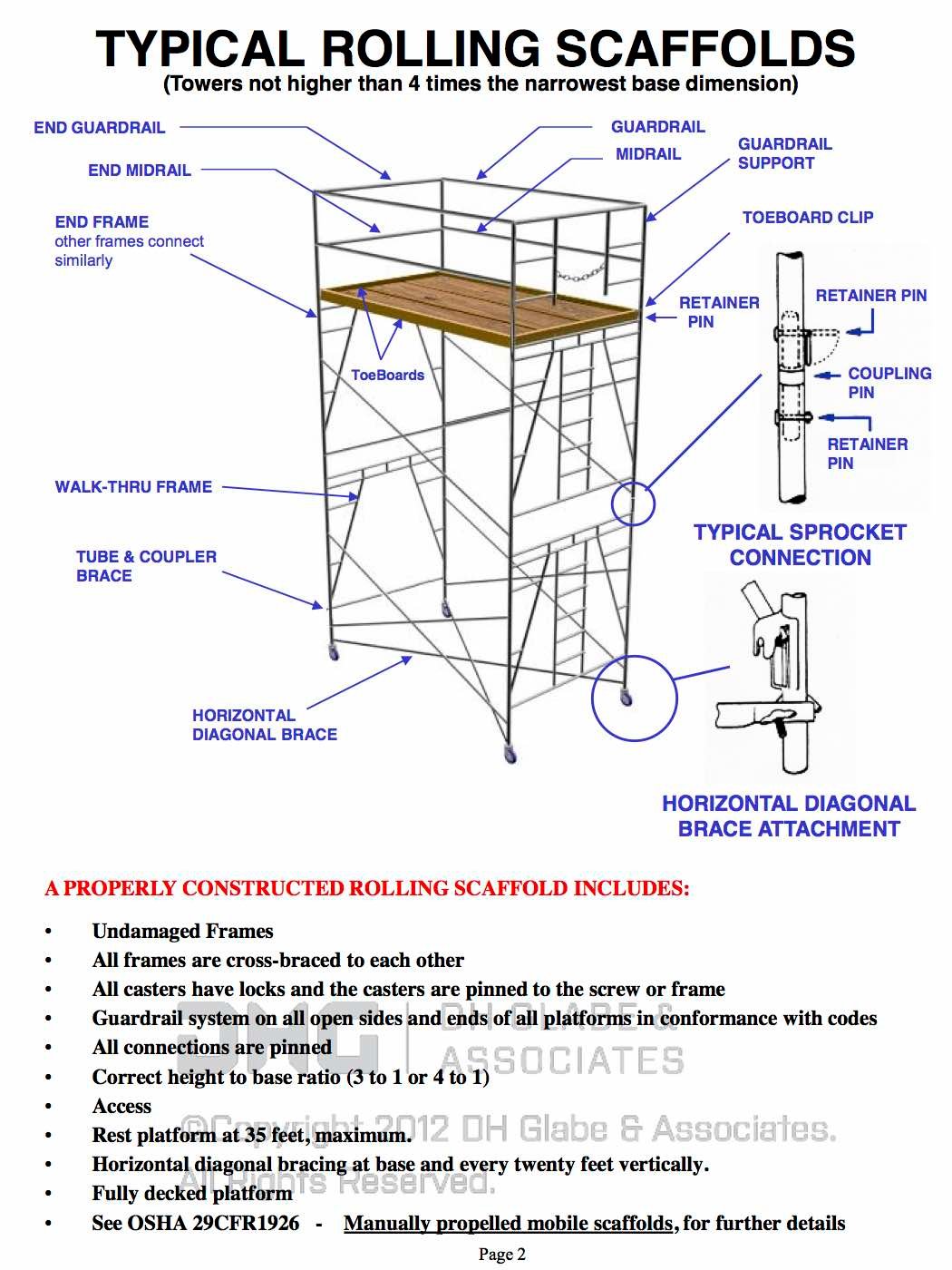Short-lived Roof Solutions: Why They're Essential for Your Task
Scaffolding Around the World: Unique Uses and Structures ========================================================
Discover the globe's diverse scaffolding methods. Asia features bamboo scaffolds – flexible, eco-friendly, with social origins. Europe flaunts lively structures like Amsterdam's red-brick facades and Burano's pastel buildings. Africa mixes custom and sustainability making use of bamboo. South America makes use of rope and timber, showcasing neighborhood ingenuity. North America leads with futuristic designs, accepting innovation and sophisticated materials for safer construction. The world supplies a rich tapestry of scaffolding solutions one-of-a-kind per region.
Bamboo Scaffolds in Asia
Throughout Asia, bamboo scaffolds have actually been utilized for centuries due to their convenience, sturdiness, and green nature. These lasting construction devices are deeply rooted in the region's social significance, showing a harmonious partnership between nature and human ingenuity. Bamboo, a fast-growing and renewable resource, is not only abundant but additionally strong, making it a perfect material for scaffolding in building projects throughout Asia.
The social value of bamboo scaffolds in Asia goes beyond their sensible applications. They represent conventional craftsmanship, resilience, and adaptability, embodying the worths of effort and development that are very respected in numerous Asian societies. Making use of bamboo scaffolding likewise highlights a dedication to lasting practices, as bamboo is biodegradable and has a reduced environmental effect compared to conventional steel scaffolds.
In countries like China, Japan, and Vietnam, bamboo scaffolds are an essential part of the building market, showcasing a blend of ancient customs and modern strategies. The ongoing dependence on bamboo scaffolds in Asia underscores not only their effectiveness yet likewise their long-lasting heritage in the constructed setting.
Vibrant Structures in Europe
The vibrant architectural landscape of Europe is identified by a kaleidoscope of vibrant structures that astound and inspire visitors from around the world. European cities display a rich tapestry of vivid patterns decorating architectural masterpieces that go back centuries. From the famous red-brick facades of Amsterdam to the pastel-hued structures of Burano in Italy, each structure narrates via its unique shade palette.
In Spain, the wayward jobs of Antoni Gaud, such as the mosaic-clad Park G ell in Barcelona or the complex details of Casa Batll, stand as prime examples of Europe's colorful architectural marvels. Moving northwards, the striking comparison of the blue-domed churches against the whitewashed structures in Santorini, Greece, creates a picturesque scene that is etched in the minds of all who see.
Whether it's the bold and bright shades of the buildings or the fragile pastels that embellish historic spots, Europe's vivid frameworks include a feeling of appeal and magic to its currently charming building heritage.

Innovative Designs in Africa
With a blend of custom and modernity, Africa's architectural landscape showcases ingenious designs that show the continent's abundant social heritage and forward-thinking approach. Recently, there has actually been a notable shift towards utilizing lasting materials and involving local areas in the style and building and construction procedures of buildings throughout Africa.
One instance of ingenious layout in Africa is the use of lasting bamboo as a primary construction material. Bamboo is plentiful in many African areas, making it a cost-effective and green option to traditional structure products. This shift in the direction of lasting materials not only aids guarantee the ecological impact of building and construction yet likewise sustains neighborhood economies.
In addition, community participation has become a central element of building tasks in Africa. Architects and building contractors are significantly working together with local communities to integrate their conventional understanding and cultural practices right into modern layouts. This technique not just ensures that the built atmosphere satisfies the demands of individuals that will certainly utilize it but likewise promotes a sense of ownership and pride amongst neighborhood members. By embracing lasting materials and community participation, Africa's ingenious architectural layouts are not just aesthetically pleasing however additionally socially and eco conscious. https://brockleyscaffolding.co.uk
Conventional Approaches in South America
In South America, standard building methods have long been intertwined with the area's abundant social heritage and building history, shaping the developed environment in distinct and enduring methods. Among the popular standard scaffolding techniques in South America involves using rope methods and wood systems. This technique reflects the ingenuity and resourcefulness of regional builders, that utilize natural materials to produce sturdy and flexible assistance structures for building and construction tasks.
Rope methods are often utilized to protect the wooden platforms at different heights, enabling employees to access hard-to-reach locations during the building procedure. These systems are usually made from locally sourced wood, giving a sustainable and economical solution for scaffolding demands. The use of ropes not just improves versatility and flexibility on construction websites yet likewise shows the competent workmanship gave through generations.
In South America, the combination of rope methods and wooden systems in traditional scaffolding exhibits a harmonious blend of cultural practices and practical building methods, showcasing the area's rich building heritage.
Futuristic Scaffolding in The United States And Canada
Progressing past standard approaches, The United States and Canada showcases innovative methods to scaffolding that accept advanced technology and modern-day layout principles. Advanced scaffolding in North America integrates robotic assistance and utilizes advanced products to change building and construction processes.
Robot aid plays a crucial function in boosting performance and security on construction websites. Automated robot systems are utilized to assist in the assembly and disassembly of scaffolding structures, reducing the demand for manual work and lessening the danger of accidents. These robotics are equipped with sophisticated sensing units and software that enable them to browse intricate environments with accuracy and speed.
In addition, using advanced materials such as carbon fiber and composite alloys in scaffolding layout provides enhanced sturdiness and strength while maintaining a lightweight account. These products provide superior load-bearing capability, permitting taller and extra complex scaffolding setups to be understood.
Often Asked Concerns
What Are the Ecological Effects of Making Use Of Bamboo Scaffolds in Asia?
Bamboo scaffolds in Asia, while typical and lasting, present both favorable and unfavorable ecological impacts. They advertise social preservation and use native products, however logging for bamboo harvesting can be damaging otherwise taken care of sustainably.
How Do the Colorful Frameworks in Europe Mirror the Cultural Heritage of the Region?
Vibrant structures in Europe reflect the region's rich cultural heritage with their elaborate styles and lively colors. These buildings work as architectural integration of historic traditions, showcasing cultural significance and creative expressions special to every country.
What Materials Are Commonly Used in the Innovative Styles of Scaffolding in Africa?
In Africa, bamboo innovations are a prominent attribute in the layout of scaffolding frameworks. Sustainable materials like bamboo are typically utilized as a result of their toughness and environment-friendly residential properties, showcasing an unified mix of development and environmental awareness in building and construction practices.
How Do Conventional Techniques of Scaffolding in South America Differ From Modern Building Techniques?

Conventional techniques of scaffolding in South America frequently include utilizing locally sourced products like bamboo and wood, mirroring social techniques. These techniques vary from modern-day building techniques that depend on steel and light weight aluminum structures for raised efficiency and durability.
What Improvements in Modern Technology Have Influenced the Advancement of Futuristic Scaffolding in The United States And Canada?
Improvements in technology, such as digital truth and robotics, have actually substantially influenced the advancement of advanced scaffolding in The United States and Canada. These innovations have changed security, performance, and accuracy in building and construction jobs, resulting in groundbreaking structures.
Final thought
To summarize, scaffolding has been used in numerous special ways and frameworks around the globe. From bamboo scaffolds in Asia to vivid structures in Europe, ingenious designs in Africa, conventional approaches in South America, and advanced scaffolding in North America, each region showcases its very own unique technique to scaffolding.

These diverse uses of scaffolding highlight the imagination and versatility of building and construction techniques across different continents.